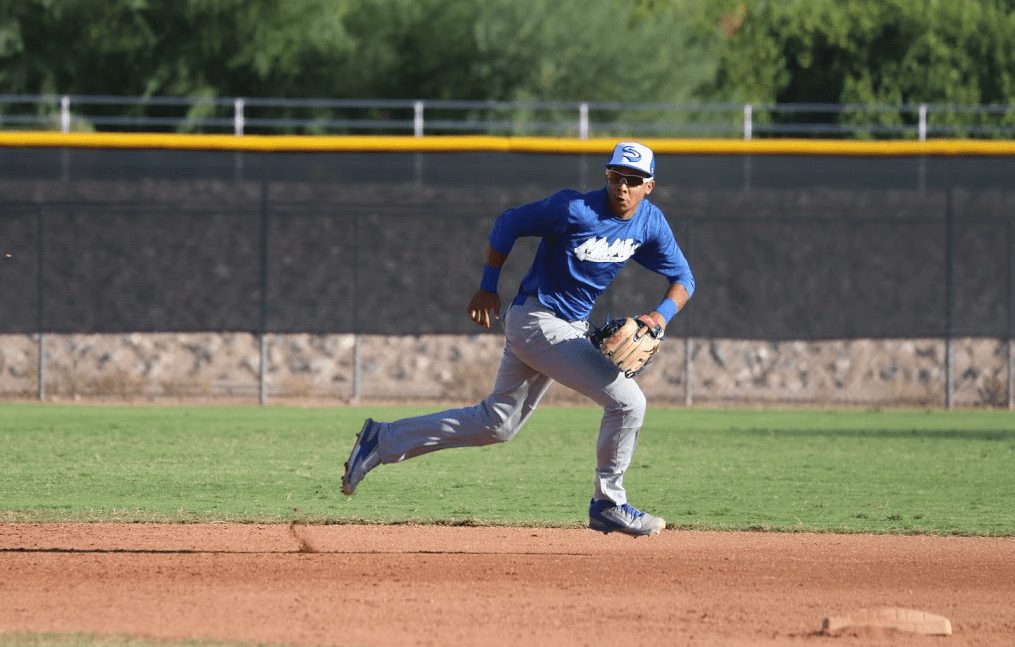Today’s high school baseball athlete is faced with two very opposing ideals when it comes to furthering his baseball career; should he play more or train more? Recently, a tale has been widely spread that the high school player must train more to further his prospects of achieving the highest level of baseball possible for oneself. To understand the differences between the two ideals and who it applies to, we must address the differences between the many playing levels of a high school player and his goals. Then and only then can we see that the “Train more versus Playing more” is simply a fallacy.
While I do not agree with Dan Weigel, Contributor for the Sporting News, views on this subject he does outline the different types of high school players well as seen below.
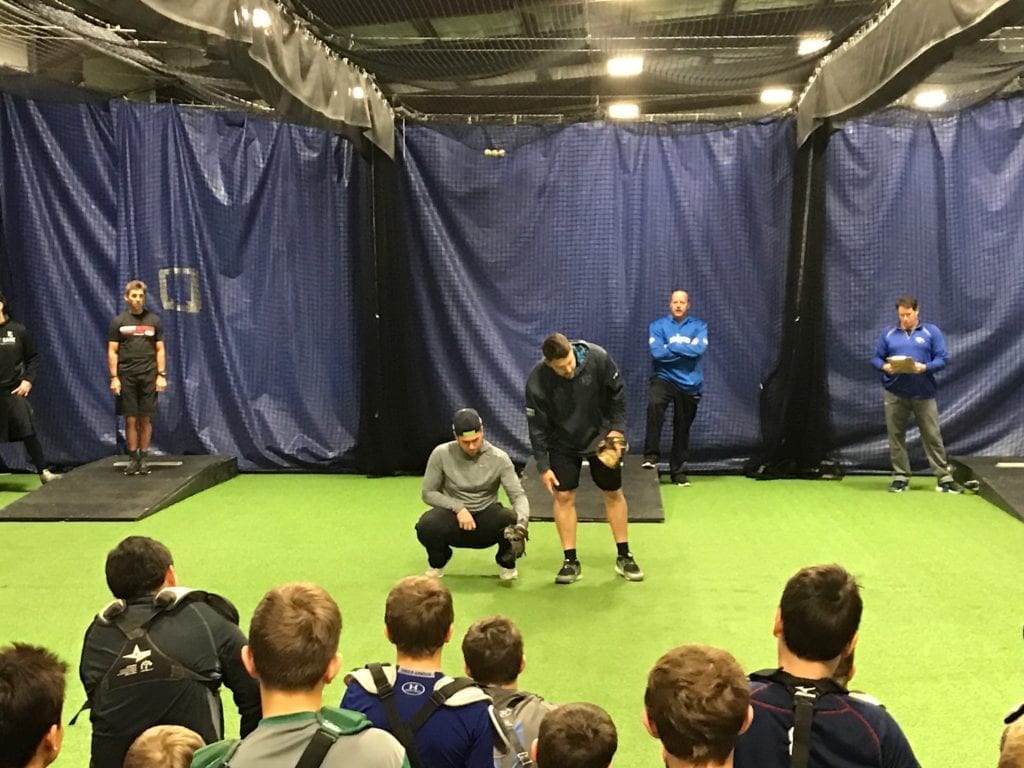 Group One: Priority of enjoying HS career. Group One is the largest of the groups and consists of players who play simply for the love of the game but have no plans of continuing to play beyond high school. This is admirable and beneficial for overall development as an individual, but this group is not relevant for this article.
Group One: Priority of enjoying HS career. Group One is the largest of the groups and consists of players who play simply for the love of the game but have no plans of continuing to play beyond high school. This is admirable and beneficial for overall development as an individual, but this group is not relevant for this article.
Group Two: Two- or three-sport athlete, baseball not priority. Like Group One, members of Group Two seemingly play for the love of the game, but with their priority in a different sport, they too are irrelevant for this article.
Group Three: Two- or three-sport athlete, priority of reaching next level in baseball. Group three is the trickiest group, as members of this group are mostly committed to reaching the next level in baseball, but the pleasures of playing another high school sport outweigh a full commitment to their primary sport of baseball. This is a fine decision for overall development, but from a strict baseball developmental perspective, JV basketball is not going to help you throw harder, hit better, or field a ground ball (and sports like cross-country will probably make you throw slower), however we can use this group in the discussion.
Group Four: Baseball only, priority of reaching next level. This group consists of athletes who are 100 percent committed to playing baseball at the next level and who (at least theoretically) shape their entire athletic year around meeting that goal. It is this group that we are primarily talking about.
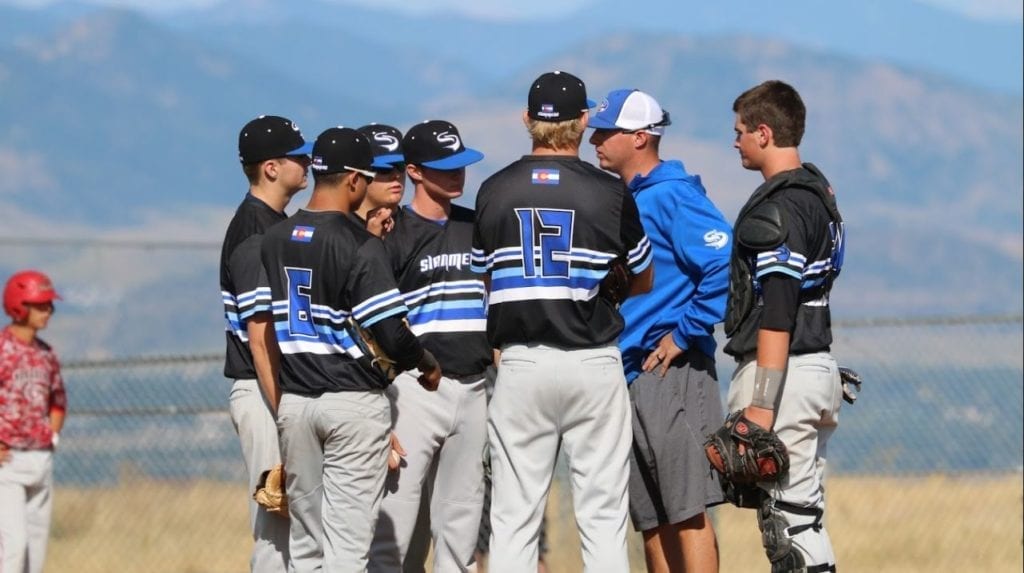 Our athletes in Group 3 and 4 desire to play baseball at the highest level possible above high school. How do they do that? Do they play high school spring baseball and then play with a club team in the summer and fall? Do they only play spring HS ball, summer club, and then train in the fall? What does training in the fall mean instead of playing games in the fall? The current narrative being hard-pressed in the athletic training community is that these players in Group 3 and 4 need NOT play games in the fall but instead only train. This training consists of speed and strength conditioning, but also positional skill development like: hitting and pitching. Of course training is important, and should be a focal point of any baseball athlete, but in baseball should it replace actual games played or work in conjunction with playing games?
Our athletes in Group 3 and 4 desire to play baseball at the highest level possible above high school. How do they do that? Do they play high school spring baseball and then play with a club team in the summer and fall? Do they only play spring HS ball, summer club, and then train in the fall? What does training in the fall mean instead of playing games in the fall? The current narrative being hard-pressed in the athletic training community is that these players in Group 3 and 4 need NOT play games in the fall but instead only train. This training consists of speed and strength conditioning, but also positional skill development like: hitting and pitching. Of course training is important, and should be a focal point of any baseball athlete, but in baseball should it replace actual games played or work in conjunction with playing games?
Baseball may be one of the hardest sports to play. Hitting a round baseball with a round bat when speeds of pitches at 60′ 6″ can reach in excess of 95 MPH and some over 100 MPH is almost impossible. Those throwing those pitches and trying to control location, movement, and speed is equally unfeasible. In addition to that, fielding a ground ball hit off a bat with exit speeds of over 100 MPH on conditions that are often less than ideal leaves many to quit the game altogether. This tells nothing of the speed and poetry of movement in the game that arise from a multitude of situations, of which none can really be experienced accept in game play.
College coaches and professional scouts have weighed in on this discussion. As with any discussion that has two opposing views, the responses were mixed but a definitive position became apparent; the high school athlete MUST continue to play as many games as possible in their high school career to build on the field skill development to prepare them for college or professional baseball opportunities that lay ahead. Many coaches and scouts went a step further in their explanation by stating, “the normal US high school athlete is far behind their Latin and Asian counterparts at the same age in on field experience. This is especially notable for athletes that grow up and play in cold climate states.”
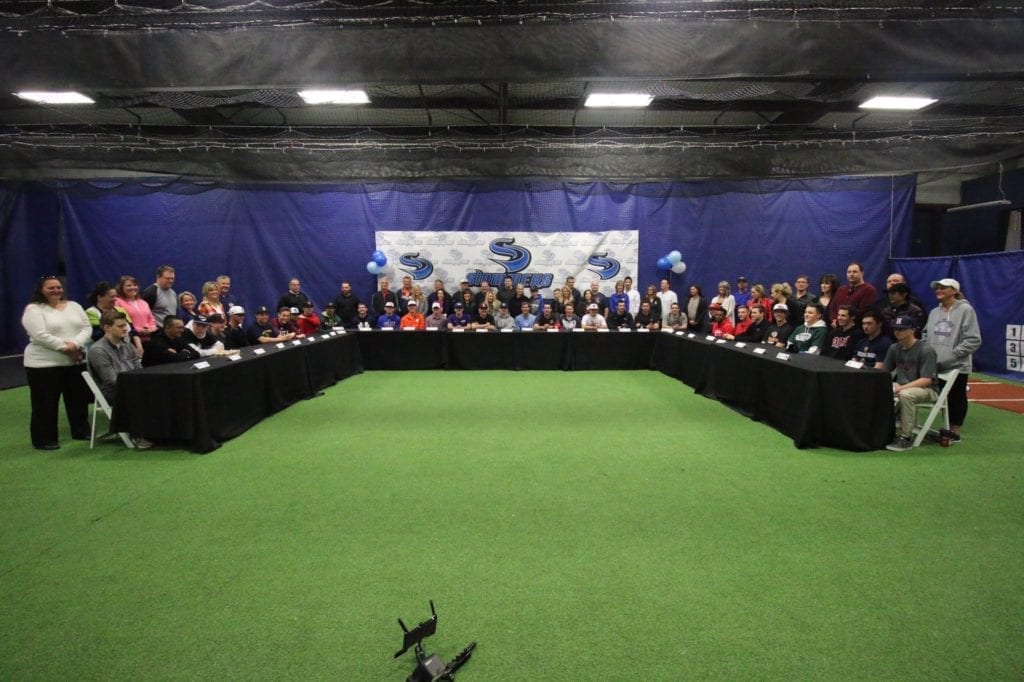 In Colorado, the typical HS baseball player will play 19-23 games during the spring which is March thru Mid May. This happens to be some of the worst weather that Colorado has with its unpredictable snow and rain. These games can be played in conditions that see temperatures in the high 30s to mid 40s at times, which is not perfect, especially for pitchers. Summer games with most clubs go from June 1st to the third week of July where they can play another 40-50 games in perfect weather for all. Then the fall season for the same club teams start the third week of August and finish the third week of October. Another 40 games are normally played during this time, which is the BEST weather in Colorado and around most of the country; not too hot and not too cold.
In Colorado, the typical HS baseball player will play 19-23 games during the spring which is March thru Mid May. This happens to be some of the worst weather that Colorado has with its unpredictable snow and rain. These games can be played in conditions that see temperatures in the high 30s to mid 40s at times, which is not perfect, especially for pitchers. Summer games with most clubs go from June 1st to the third week of July where they can play another 40-50 games in perfect weather for all. Then the fall season for the same club teams start the third week of August and finish the third week of October. Another 40 games are normally played during this time, which is the BEST weather in Colorado and around most of the country; not too hot and not too cold.
Warm and temperate weather states such as California, Nevada, Arizona, Texas, Louisiana, Florida, Georgia, Alabama, and much of the Carolinas has weather that allows its players to be on the field more than states like Colorado. In turn, these baseball athletes and especially the fielders and hitters are farther along in their development. So, cutting out Colorado and like states fall games is a ridiculous notion if our players are to level the playing field against other players across the country in warmer climates.
The Summer and Fall seasons also have the most scouted tournaments of the year. During the spring you will almost never find a college coach or recruiting coordinator at a high school game. Why? It is simple, they are practicing, playing, or traveling everyday of the week from January, when they return from winter break, through Mid May when their season is over for most. So that leaves Summer and Fall. Summer allows the player to be on the field playing as many games as possible to hone their on the field skills and also be seen against competition from around the country with college coaches in attendance because the colleges are not playing.
Now the Fall season is unique. This is a time where good clubs or travel organizations develop their players during the week with specialized skill and weight training and then showcase those skills on the weekends in states like Arizona, California, Texas, Georgia, and Florida in the most scouted tournaments like the Arizona Senior and Junior Fall Classic and Perfect Game WWBA Fall Nationals. Cutting out these opportunities to play in these events and ONLY train is completely detrimental to the possibilities of being seen and offered a scholarship to our athletes. It shrinks the pool of coaches and scouts that would see these players significantly and limits the possibilities and exacerbates the problem that our athletes face in comparison to baseball players in other states and countries.
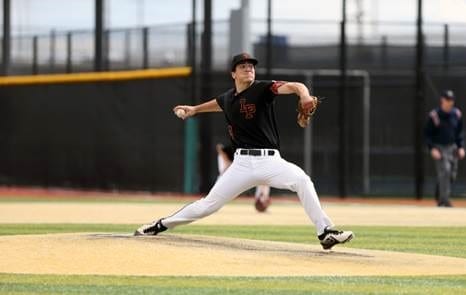 What is the solution? The answer is play as much as you can as a high school baseball player in the spring, summer, and fall but being mindful of overuse, especially in pitchers and catchers.
What is the solution? The answer is play as much as you can as a high school baseball player in the spring, summer, and fall but being mindful of overuse, especially in pitchers and catchers.
Dr. James Andrews, one of the this country’s leading orthopedic surgeons and ASMI have done clear studies on the overuse of throwing a baseball and the repetitive motion that can lead to arm injuries which are significantly on the rise in young athletes today. As with anything, moderation, monitoring, mechanics, weight training, body care (especially arm care) and rest are paramount.
ASMI research points to overuse as the principle risk factor. Poor pitching mechanics also contribute to injury risk. Another suggested risk factor is poor physical fitness (weight training). Throwing curveballs has been suggested as a risk factor, but the existing research does not support this concern. However, an adolescent pitcher may not have enough physical development, neuromuscular control, and proper coaching instruction to throw a curveball with good mechanics. Throwing curveballs too early may be counter-productive, leading to arm fatigue as well as limiting the youth’s ability to master fastball mechanics. Thus, the recommendations for preventing injuries in adolescent baseball pitchers are:
- Monitor and respond to signs of fatigue (such as decreased ball velocity, decreased accuracy, upright trunk during pitching, dropped elbow during pitching, or increased time between pitches). If an adolescent pitcher complains of fatigue or looks fatigued, let him rest from pitching and other throwing.
- No overhead throwing of any kind for at least 2-3 months per year (rest) (4 months is preferred). No competitive baseball pitching (games played) for at least 4 months per year.
- Do not pitch more than 100 innings in games in any calendar year (moderation).
- Follow limits for pitch counts and days’ rest.
- Avoid pitching on multiple teams with overlapping seasons.
- Learn good throwing mechanics as soon as possible. The first steps should be to learn, in order: 1) basic throwing, 2) fastball pitching, 3) change-up pitching.
- Avoid using radar guns.
- A pitcher should not also be a catcher for his team. The pitcher-catcher combination results in many throws and may increase the risk of injury.
- If a pitcher complains of pain in his elbow or shoulder, discontinue pitching until evaluated by a sports medicine physician.
- And we have added the last one which is develop a year-round arm and body care regiment.
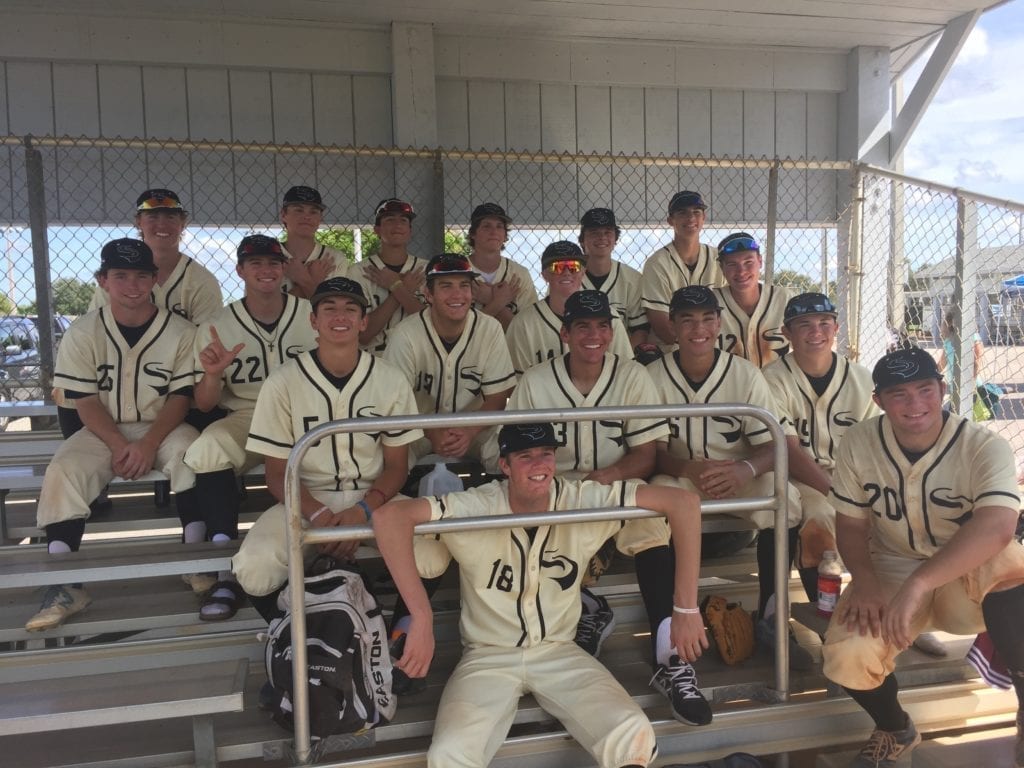 Position players, while also needing an extended amount of rest during the year, are not as prone to arm injuries as pitchers and catchers and are not subject to the same rest requirements as their counter parts. With regards to their throwing restrictions, they should stop throwing immediately after their fall season (end of October or so) and then resume a throwing program after the New Year. There is no issue with a position player continuing to practice hitting or fielding if they so choose. However, as stated above, everything should be done in moderation and total body and mind rest should be taken.
Position players, while also needing an extended amount of rest during the year, are not as prone to arm injuries as pitchers and catchers and are not subject to the same rest requirements as their counter parts. With regards to their throwing restrictions, they should stop throwing immediately after their fall season (end of October or so) and then resume a throwing program after the New Year. There is no issue with a position player continuing to practice hitting or fielding if they so choose. However, as stated above, everything should be done in moderation and total body and mind rest should be taken.
There is no doubt that ALL high school baseball players need strength and speed/explosion training. It is paramount to any athlete. It has the potential to take a average player to good, a good player great, and a great players to super star. However, physical training should never be at the expense of actual game play, especially in baseball. Instead, speed and strength should work in conjunction with game play.
High school players…don’t get fooled by anyone telling you to train more, play less. Tell the players wanting to be better than they are now, need to play more and train more!
By Jeff Jenkins
